The switching input and output module developed by Chengdu Zongheng Intelligent Control has functions such as wet and dry node detection, threshold reporting, active collection, and local logic operations. While providing DI and DO interfaces, it also provides RS485 and AI analog input interfaces, which are compatible with Modbus RTU/TCP protocol. With “remote control” as the core function and high ease of use, users can easily and quickly integrate it into their own systems to achieve remote and local control based on LTE and RS485. In addition to LTE, there are also LoRa, Ethernet and other network type devices for users to use.
Switching input and output module products
*To view detailed product functions, please check in the product center of this site, or consult online customer service*
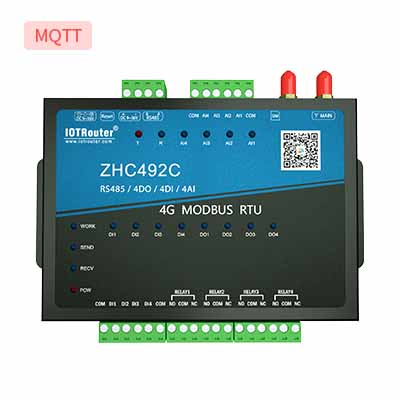 |
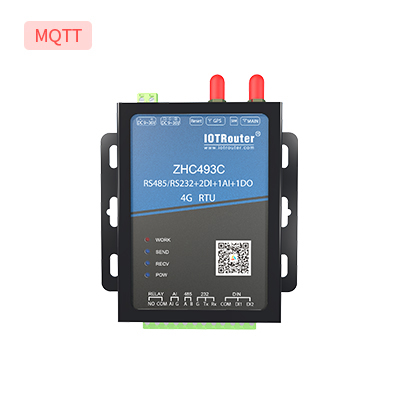 |
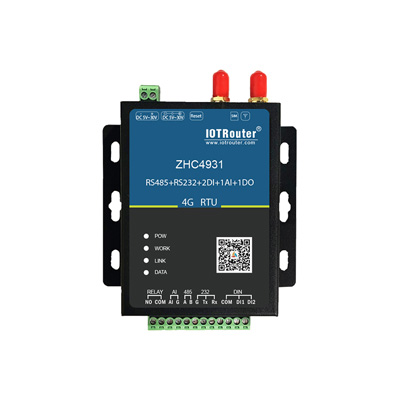 |
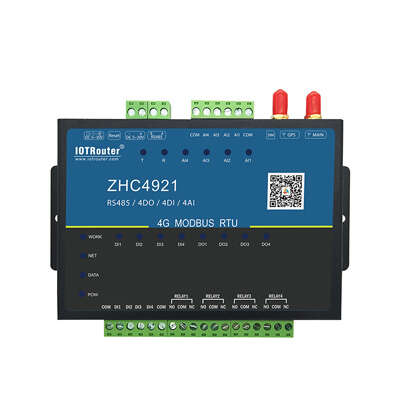 |
| ZHC492C (4G full network communication) | ZHC493C (4G full network) | ZHC4931 (4G full network communication) | ZHC4921 (4G full network communication) |
| 4DI/4DO/4AI/1RS485 | 2DI/1DO/1AI/1RS485 | 1RS485/232/2DI/1DO/1AI | 4DI/4DO/4AI/1RS485 |
 |
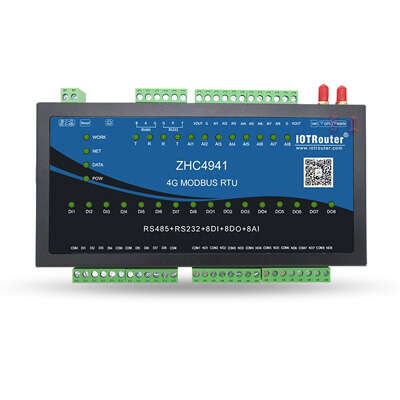 |
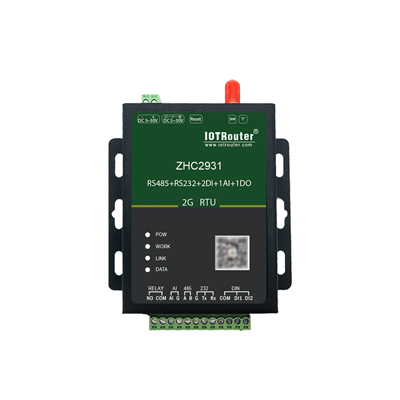 |
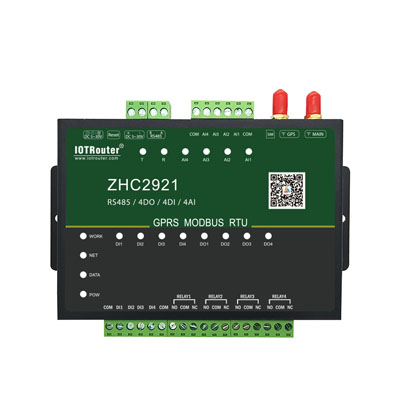 |
| ZHC4922 (4G full network communication) | ZHC4941 (4G full network communication) | ZHC2931 (GPRS network) | ZHC2921 (GPRS network) |
| 4DI/4DO/4AI/1RS485 | 8DO/8DI/8AI/485/232 | RS485/RS232/2DI/DO/AI | RS485/4DO/4DI/4AI |
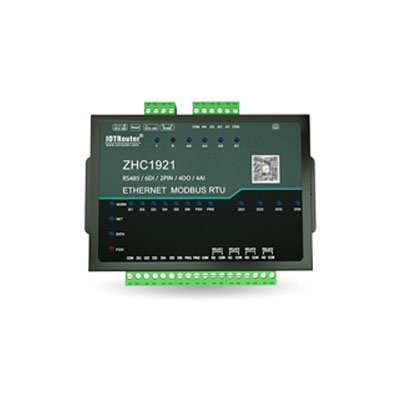 |
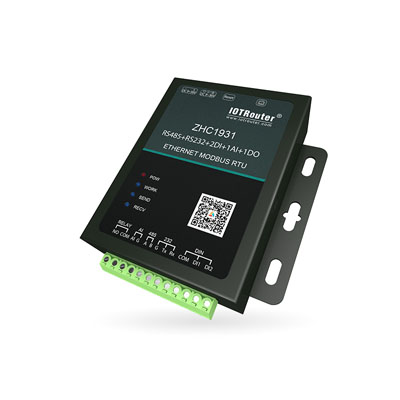 |
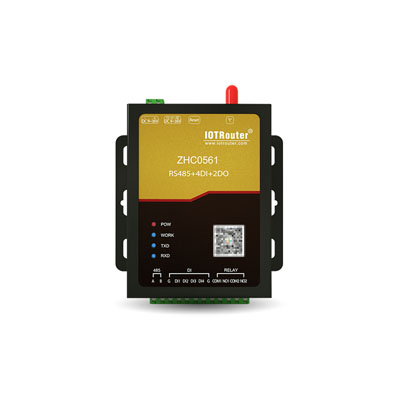 |
|
| ZHC1921 (Ethernet) | ZHC1931 (Ethernet) | ZHC0561 (LoRa network) | |
| RS485/4DI/2PIN/4DO/4AI | RS485/RS232/2DI/1DO/1AI | 1RS485/4DI/2DO |
Switching input and output module functions
*Tip: The features and functions of each product are different. Below are only the common functions of the products. To view the complete functions of each product, please check in the product center*
Special feature:
◆ Local logic operation: Local logic operation means that our company’s products can set the device’s own logic code through configuration software. There is no need for the cloud to issue instructions to the device to perform operations, which can reduce server pressure and improve execution efficiency. The local logic operation can realize that DO follows DI in the forward direction, triggers when it is less than or equal to the threshold, DI1 detects the pulse signal, and DO1 flips once.
◆ Multiple networking methods: common applications, device-server communication networking, special scenarios, supporting point-to-point transmission, device 1 transmits data to device 2. Point-to-multiple transmission device 1 can receive data from device 2, device 3, and device 4 at the same time.
◆ Active collection and reporting: It can actively collect serial port data and send it to the server. It can be run by setting the scheduled collection time in the configuration software. The operation is simple.
◆ Supports multiple protocols, including MQTT, Modbus TCP/IP, and HTTP protocols. (Supported by some devices).
basic skills:
◆Support 1 relay output
◆ Support 2 DI (dry/wet node) inputs
◆ Support 1 analog (current) input
◆ Supports 8 conditional control instructions, making control more convenient
◆Supports 1 channel RS485/RS232 and cannot be used at the same time
◆Support serial heartbeat package
◆ Supports multiple function codes: 01, 02, 03, 04, 05, 06, 0F, 10
◆ Admite la configuración de la dirección de los informes de datos activos.
◆ Support TCP_Client, HTTP_Client
◆Supported equipment
◆ Soporta dos modos de trabajo: modo host y modo esclavo. El modo host soporta múltiples dispositivos Modbus en cascada.
◆ Compatible with Modbus RTU/TCP
◆ Admite el reenvío a la nube y las redes en la nube.
◆ Support local upgrade and remote upgrade
◆ Support hardware watchdog
◆Múltiples indicadores luminosos muestran el estado de funcionamiento
◆ Admite la resolución de direcciones de nombres de dominio
◆ Admite la configuración de APN
◆ Support signal quality query
◆Soporta consulta de número de tarjeta SIM.
◆ Support heartbeat package
◆ Support registration packages in any format to ensure the legality and uniqueness of device identity
◆ Provide one switching output
◆ The relay adopts photoelectric isolation
◆ The relay retains the long-open and long-closed state
◆Support timing flip del estado del relé.
◆ Support setting relay start status
Definition explanation:
Definition and explanation The switching input and output module is a device that can collect input/control output of switching signals. It is also usually called a digital I/O module. Also called a control module, it can output a signal when there is a control requirement, or provide a switching signal to make the controlled device act. At the same time, it can receive feedback signals from the device to report to the host, and transmit the switching signal through the RS-485 bus. Collect to the computer or the computer sends relevant instructions to control the relevant status of the switch through the module. It can also perform paired communication through the RS-485 bus to remotely control the relevant status of the switch. The communication protocol is the standard Modbus protocol or customized related protocols.All input and output modules on the market can provide a pair of passive normally open/normally closed contacts to control the controlled equipment.